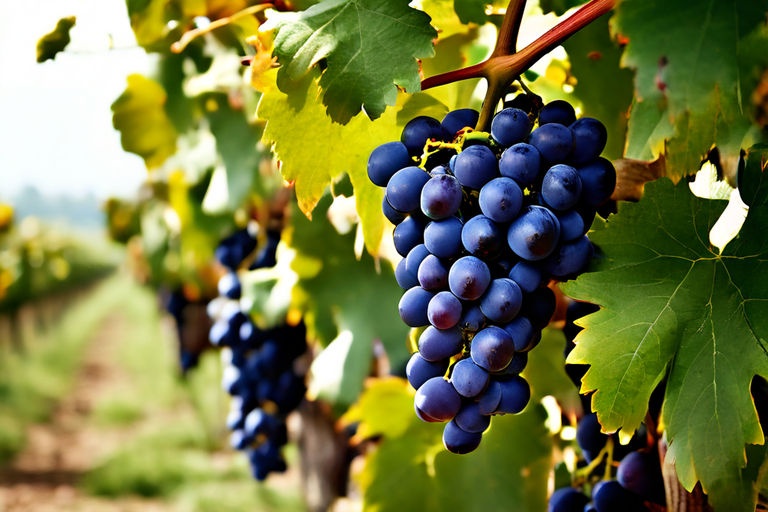How can I use technology to optimize my agricultural production?

How Technology Can Optimize Agricultural Production
In the 21st century, technology has become an integral part of our lives, influencing every sector, including agriculture. It has revolutionized the way we grow, harvest, and distribute crops, resulting in increased efficiency and productivity. This article explores how technology can be used to optimize agricultural production.
Introduction of Precision Farming
One of the most significant advancements in agricultural technology is precision farming. This approach leverages data from satellite imagery and GPS tracking systems to monitor crop yields, soil levels, and weather patterns to optimize farming operations. By using this technology, farmers can accurately predict the best times to plant and harvest crops, reducing waste and increasing productivity.
Use of Drones
Drones have emerged as a vital agricultural tool. They can be used for a variety of tasks, such as monitoring crop growth, assessing the health of crops, and even spraying pesticides. By utilizing drone technology, farmers can save time and resources, allowing them to focus more on other important aspects of their business.
Smart Irrigation
Smart irrigation systems use real-time weather data to automatically adjust the amount of water that crops receive. These systems can significantly reduce water waste, making agricultural practices more sustainable. Moreover, they can improve crop health by ensuring that plants receive the right amount of water at the right time.
Automated Machinery
Automated machinery, such as self-driving tractors, has become increasingly popular in the agricultural sector. These machines can perform a variety of tasks, from plowing fields to harvesting crops, without the need for human intervention. The use of automated machinery can significantly reduce labor costs and increase efficiency.
Use of Artificial Intelligence (AI)
Artificial Intelligence (AI) is playing a crucial role in modern agriculture. It can be used to analyze data from various sources, such as weather forecasts, soil conditions, and crop health, to make informed decisions about farming operations. AI can also help farmers predict potential problems, such as pest infestations or disease outbreaks, enabling them to take preventative measures.
Internet of Things (IoT) in Agriculture
The Internet of Things (IoT) refers to the network of physical devices that are connected to the internet and can communicate with each other. In agriculture, IoT devices can be used to monitor soil moisture levels, track livestock, and control farm machinery remotely. By using IoT technology, farmers can gain a comprehensive view of their operations, enabling them to make more informed decisions.
Benefits of Technology in Agriculture
Technology has numerous benefits in agriculture. It can increase efficiency, reduce waste, and improve crop health. Furthermore, it can make farming practices more sustainable by reducing the need for harmful pesticides and fertilizers. By embracing technology, farmers can ensure the long-term viability of their operations.
Challenges of Implementing Technology in Agriculture
Despite its numerous benefits, implementing technology in agriculture is not without its challenges. For instance, there can be a significant upfront cost associated with purchasing and installing new technologies. Additionally, farmers may require training to effectively use these technologies. However, with the potential benefits that technology brings, many farmers view these challenges as worthwhile investments.
Conclusion
In conclusion, technology has the potential to revolutionize agricultural practices, making them more efficient, sustainable, and productive. Whether it's through precision farming, drones, smart irrigation, automated machinery, AI, or IoT, technology offers numerous ways to optimize agricultural production. However, it's important to remember that implementing these technologies requires careful planning and consideration. By understanding their benefits and challenges, farmers can make informed decisions about which technologies are best suited to their operations.

